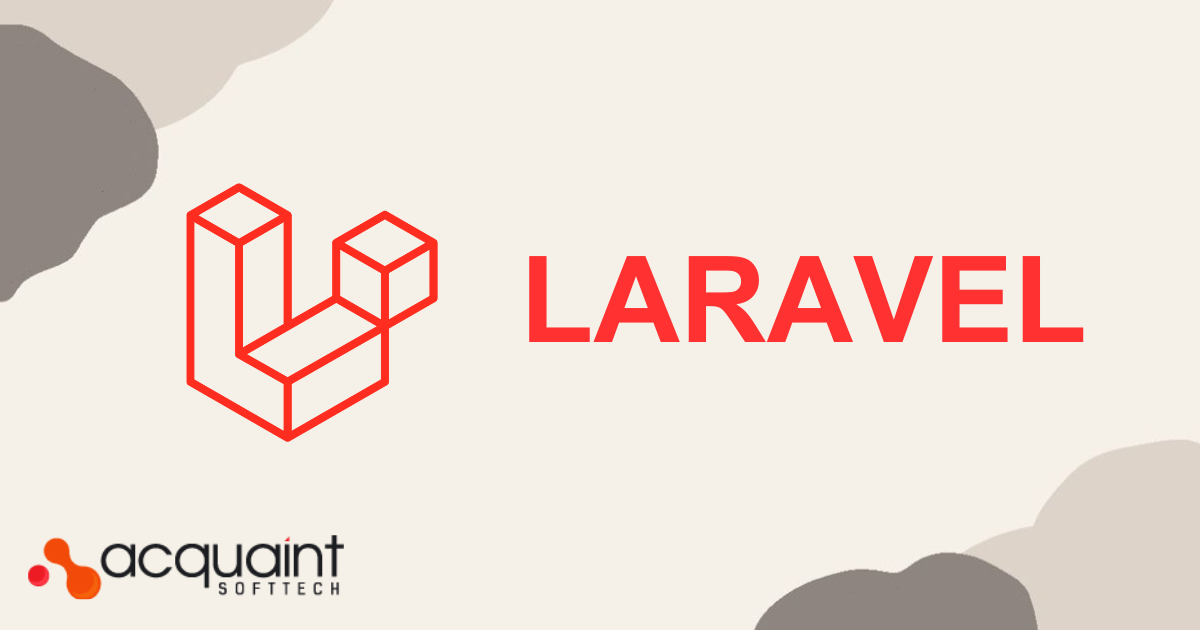Embarking on a startup journey is like setting off on an uncharted adventure. To navigate the ever-changing landscape of entrepreneurship, having a roadmap is essential. Here’s a step-by-step guide through the 5 stages of startup development, helping you plot a course towards success.
The goals of these are:
- to demonstrate the scalability of a startup (early venture),
- formally begin scaling processes (A series)
- provide a foundation for growth and profitability.
You can either rely on these three or develop your own strategy for defining the stages of starting a firm.
Startup stages made right
A successful company is a trip from conception to expansion, and you should be aware of the route you’ll take. However, the execution is what counts most. There are a few things to keep in mind at each stage of a starting firm in order to nail it:
- Look for scaling capabilities actively. Scaling starts once you have a strong MVP, but it doesn’t imply you should disregard it before then. If you want to scale up in the future, you’ll need funding, so keep that in mind while you develop features and look for a product-market fit. The key to success is to take care of that at every step of development.
- A business plan is a must. The development and refinement of this will occur as your startup idea develops. Similar to scaling, start your business plan early so you can pitch your idea to financiers, prospective partners, and anybody else who might be interested.
- Anything that may be documented should be done so. Try to put everything related to your startup in writing, starting with the most basic description of your business idea and continuing through hiring and scaling. This will help you save time later while enhancing and expanding your company.
Stage 1: Ideation and Validation
Every startup begins with an idea – a spark that ignites potential. The first stage involves refining this idea into a viable concept. Research your target market, understand their pain points, and validate your solution. Create a Minimum Viable Product (MVP) to test your concept’s feasibility and gather feedback. This stage is all about laying the groundwork for a solid foundation.
Stage 2: Research
As we’ve previously stated, there is always room in the startup industry for novel phenomena. Two designers and an engineer who founded Airbnb have admitted that they lacked a shared viewpoint when the company first started out, in large part because they were more concerned with design and engineering than they were with creating a successful business. These are in fact two quite different things.
When we discuss the startup phenomenon, we are referring to companies like Airbnb. With its novel idea of “renting a living space where you feel at home,” Airbnb essentially invented a brand-new market. As a result, it ought to be considered an exception rather than a rule.
We advise concentrating on strategy, risk management, and a distinct vision that the entire team can agree with throughout the idea launch stage. Don’t let your passion lead you into something without a plan, regardless of your level of expertise as an entrepreneur. During your research, keep the following two points in mind:
Plan your research.
The so-called Keller strategy, as described by Entrepreneur, advises traveling in four directions while investigating your potential customers, competitors, and partners.
Close the gap
Consider what your rivals have to offer while concentrating on what they lack. No matter how good a business is, there will always be gaps that your target market may find useful.
Consider making an iOS or Mac app and finding that your biggest competitors are only on the Apple Store. This is a chance to promote your app by having it displayed on more sites. As an illustration, Setapp is a subscription service for Mac apps, and Fliptopia is an option for iOS apps. Feature your product on the platforms that your rivals don’t use. The fastest method to enter the leadership zone is to focus on the gaps.
Stage 3: Market Entry and Growth
With a validated concept, it’s time to enter the market. Develop a clear value proposition, define your Unique Selling Proposition (USP), and create a marketing strategy. Build a scalable business model that caters to both short-term goals and long-term sustainability. As you gain traction and secure initial customers, focus on iterating and refining your product based on real-world feedback.
Read More – Software development company Singapore
Stage 4: Scaling Up
As your customer base expands, it’s time to scale up operations. This involves optimizing processes, hiring a skilled team, and leveraging technology for efficiency. Secure funding to fuel growth, whether through bootstrapping, angel investors, venture capital, or crowdfunding. Remember that scaling isn’t just about increasing revenue; it’s about maintaining quality, customer satisfaction, and maintaining your startup’s essence.
Stage 5: Maturity and Diversification
In this stage, your startup has established a strong foothold in the market. Now, explore opportunities for diversification – expand your product or service offerings, explore new markets, or tap into complementary industries. Maintain your startup’s core values while adapting to evolving market demands. Diversification mitigates risks and positions your startup for long-term sustainability.
Stage 6: Exit or Continuation
At this juncture, you have a choice: continue growing or consider an exit strategy. Some startups opt for acquisition by larger companies, while others choose to go public through Initial Public Offerings (IPOs). Alternatively, you might decide to remain an independent entity, focusing on continuous innovation and market leadership. Your decision depends on your goals, market conditions, and the journey you want to pursue.
Remember, the startup journey is rarely linear. It’s filled with twists, turns, and unexpected challenges. Adaptability, resilience, and a willingness to learn are your greatest assets. Throughout each stage, stay connected with your target audience, pivot when necessary, and maintain a genuine passion for solving problems.
In conclusion, the 5 stages of startup development serve as a roadmap for entrepreneurs seeking to transform ideas into thriving businesses. From ideation and validation to scaling, diversification, and potential exits, each stage presents its own set of challenges and opportunities. Embrace the journey, surround yourself with a supportive network like software development services in Singapore, and keep your vision at the forefront. Your startup’s success story is waiting to be written – one stage at a time.
Stay Connected with us to know more latest technical updates on daily basis



